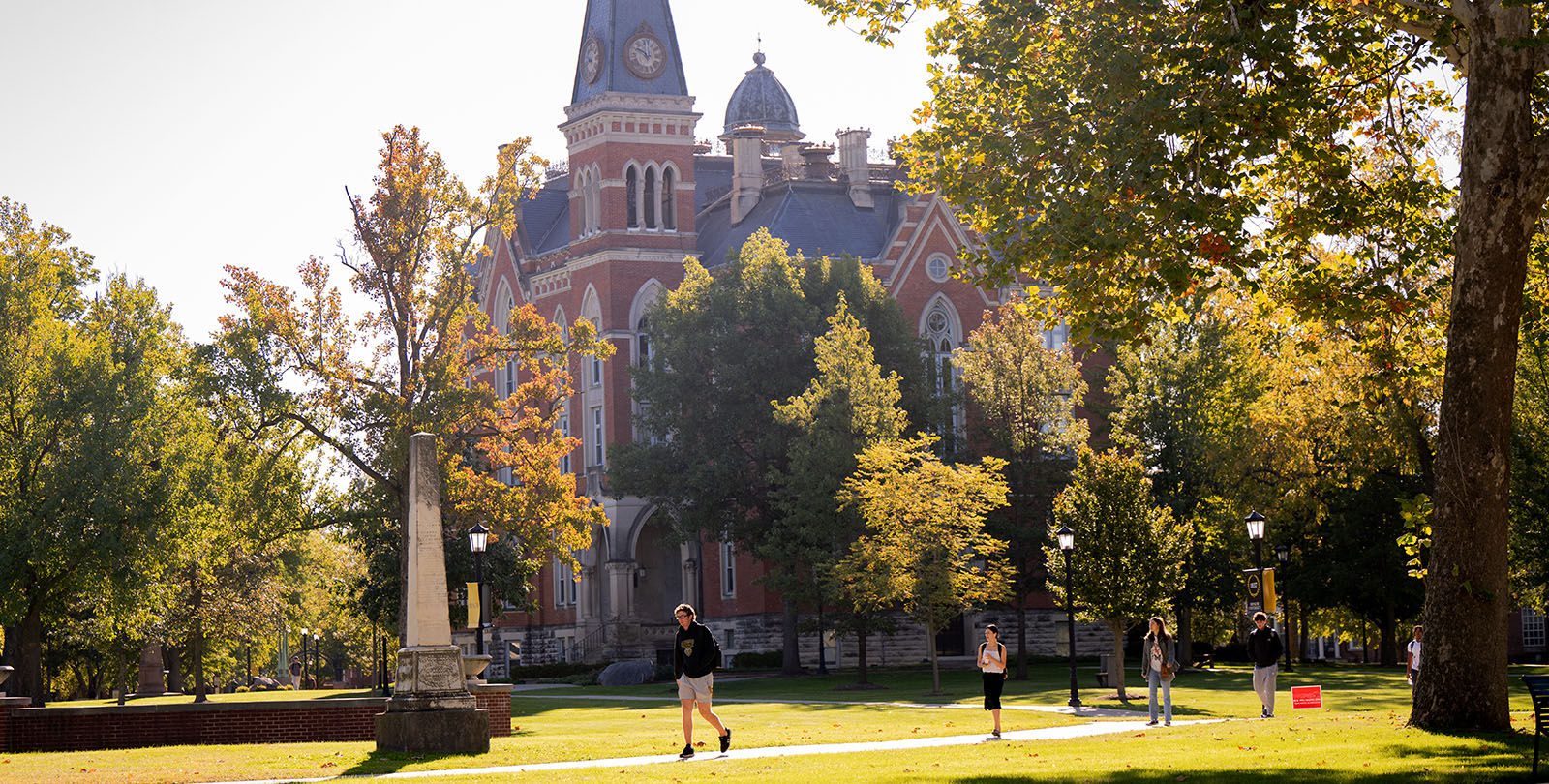New Presidential Task Force Examining Campus Climate Toward People of Color
September 11, 2007
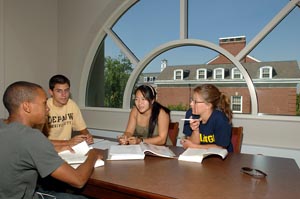 September 11, 2007, Greencastle, Ind. - "Over the last twenty years, DePauw University has made significant strides toward creating a more diverse campus that is reflective of the world at large," says President Robert G. Bottoms. "Such diversity enhances the learning environment and better equips our graduates for life after DePauw," added Dr. Bottoms, who has created a Campus Climate Task Force for faculty, staff and students of color.
September 11, 2007, Greencastle, Ind. - "Over the last twenty years, DePauw University has made significant strides toward creating a more diverse campus that is reflective of the world at large," says President Robert G. Bottoms. "Such diversity enhances the learning environment and better equips our graduates for life after DePauw," added Dr. Bottoms, who has created a Campus Climate Task Force for faculty, staff and students of color.
Chaired by Denise Hayes, associate dean of students and director of counseling and health services, other members of the task force include: Varinia Arceo '05, associate director of development services; Bruce Burking '77, training and employee relations specialist; Raymonda Burgman, assistant professor of economics and management and part-time assistant dean of academic affairs; Doug Cox, director of public safety and risk management; Gregory Dillon, director of campus activities and student services assessment; Chloie Favinger, DePauw junior; Mac Dixon-Fyle, A.W. Crandall Professor of History; Lennie Foy, professor of music; Bridget Gourley, John Price Durbin John Distinguished Professor of Chemistry and chair of chemistry and biochemistry; Jeannette Johnson-Licon, assistant dean of students and director of multicultural affairs and the Women's Center; Michael Manuel, DePauw junior; Matthew Oware, assistant professor of sociology; and Clarissa 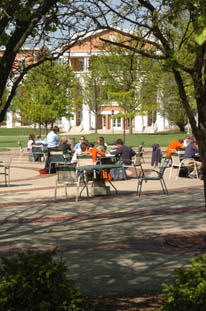 Peterson, associate professor of political science and associate faculty development coordinator for quantitative reasoning.
Peterson, associate professor of political science and associate faculty development coordinator for quantitative reasoning.
President Bottoms has issued the group the following charge:
- Identify DePauw’s twenty year span of initiatives designed to increase faculty, staff and students of color on campus. Also explore to what extent the DePauw community understands and accepts that diversification of DePauw’s faculty, staff and student body is integral to the academic mission of the University.
- Review statistics of recruitment, retention and attrition for faculty, staff and students of color. The committee will note progress made, offer cautions and challenges and identify areas of greatest continuing need for investment of time and resources, and opportunities for further progress.
- Compile working and living experiences of faculty, staff and students of color, both positive and negative, and identify trends, challenges, and opportunities.
- Study policies, procedures and administrative committees which advocate for faculty, staff and students of color. Make recommendations for continuing, revising and/or adding structures of organizations or staff positions which will monitor the experiences of and advocate for faculty, staff and students of color.
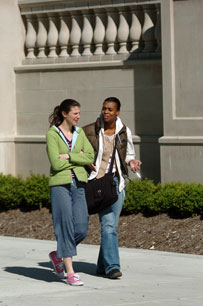 "It is important that we study where the University has succeeded in the past as well as how DePauw can make new steps forward,” says Denise H. Hayes, task force chair. “This type of change requires developing an image of what increasing diversity means for DePauw and working to determine who, what, where and how we can continue with our impetus."
"It is important that we study where the University has succeeded in the past as well as how DePauw can make new steps forward,” says Denise H. Hayes, task force chair. “This type of change requires developing an image of what increasing diversity means for DePauw and working to determine who, what, where and how we can continue with our impetus."
The Task Force for Faculty, Staff and Students of Color grew out of an idea developed by the University's Black Caucus in the Fall 2006. After further discussion this spring, President Bottoms created the 13-member task force. The plan is for members to gather information by the end of the fall semester, provide a report and recommendations to Dr. Bottoms in the spring, and then present the results to the campus community as well as at the Great Lakes Colleges Association (GLCA) Presidents’ Diversity Summit in April 2008.
Hayes adds, "To accomplish this task, we want to be sure we have representation of all parts of the DePauw community, including faculty, staff, students and alumni. We really want to hear the alumni voice because we need to know what were the DePauw experiences of all alumni, not just alumni of color.”
The new task force, first announced last month, is the latest in a series of diversification initiatives Bottoms has launched since becoming DePauw's president in 1986. As he 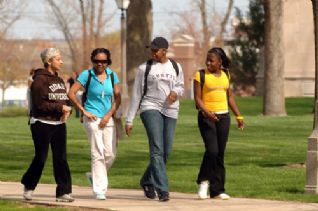 took the top post at the University, Dr. Bottoms vowed to focus on increasing the diversity in the people and curriculum at DePauw, emphasizing science education, and providing moral leadership and reflection for students in a world where moral direction is lacking.
took the top post at the University, Dr. Bottoms vowed to focus on increasing the diversity in the people and curriculum at DePauw, emphasizing science education, and providing moral leadership and reflection for students in a world where moral direction is lacking.
In 1986, 3.5% of DePauw's students were from diverse cultural backgrounds; today it's 17.1%. The number of minority faculty members, fewer than a half dozen when the president took office, stands at 36 presently. Bottoms, who is stepping down from the presidency at the end of the current academic year, has recently moved to increase the number of students from other countries who study at the University. In 1986, DePauw had 12 international students; the 2007-08 student body has a record 87 students from 26 foreign countries.
